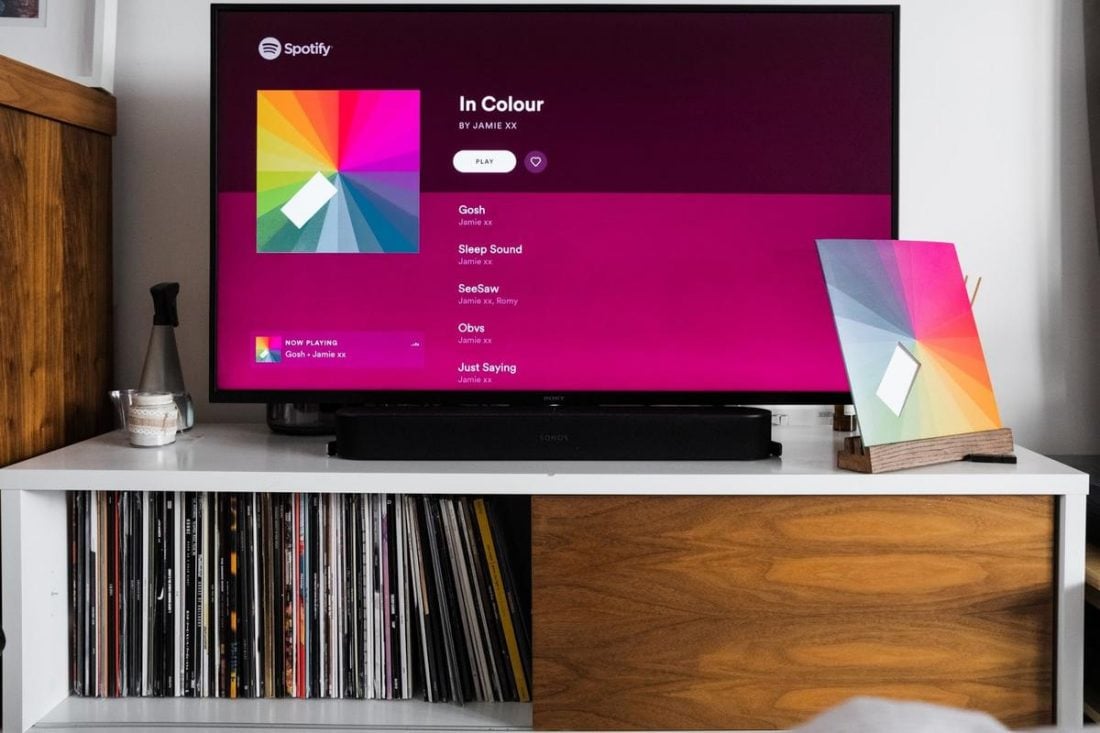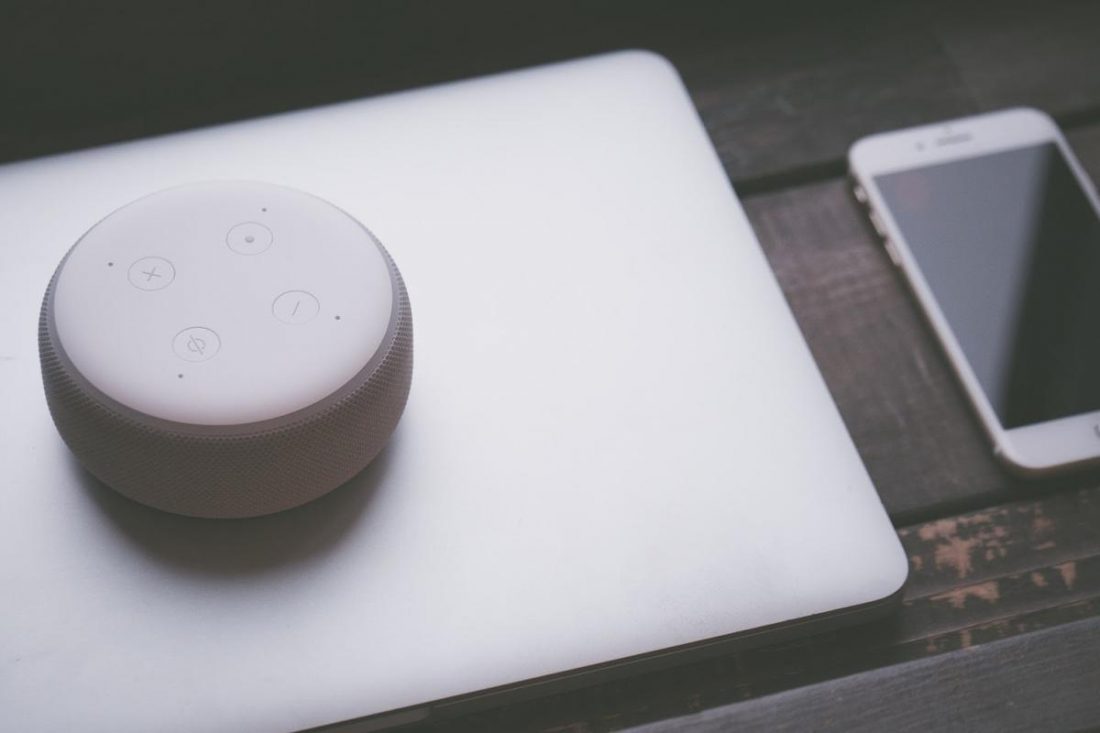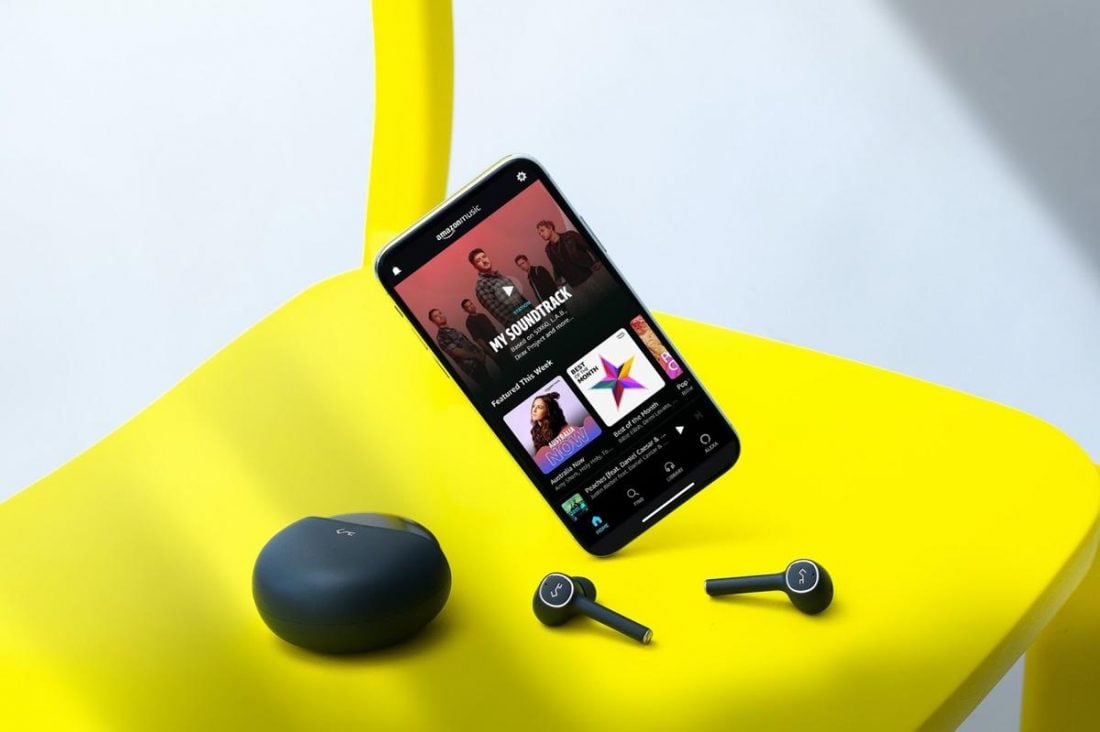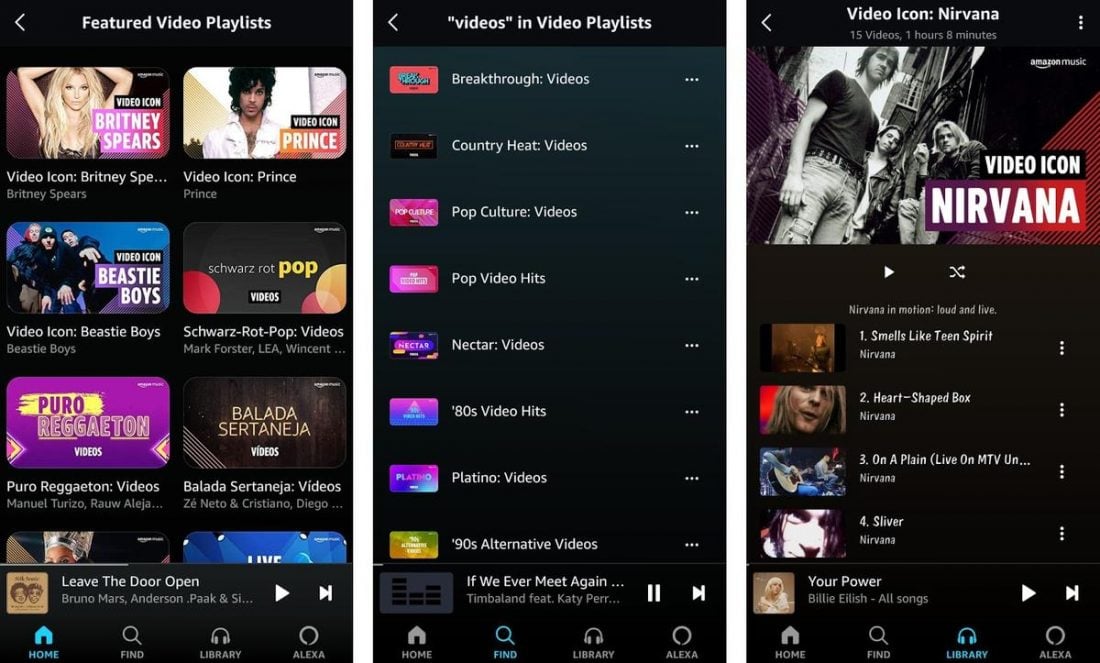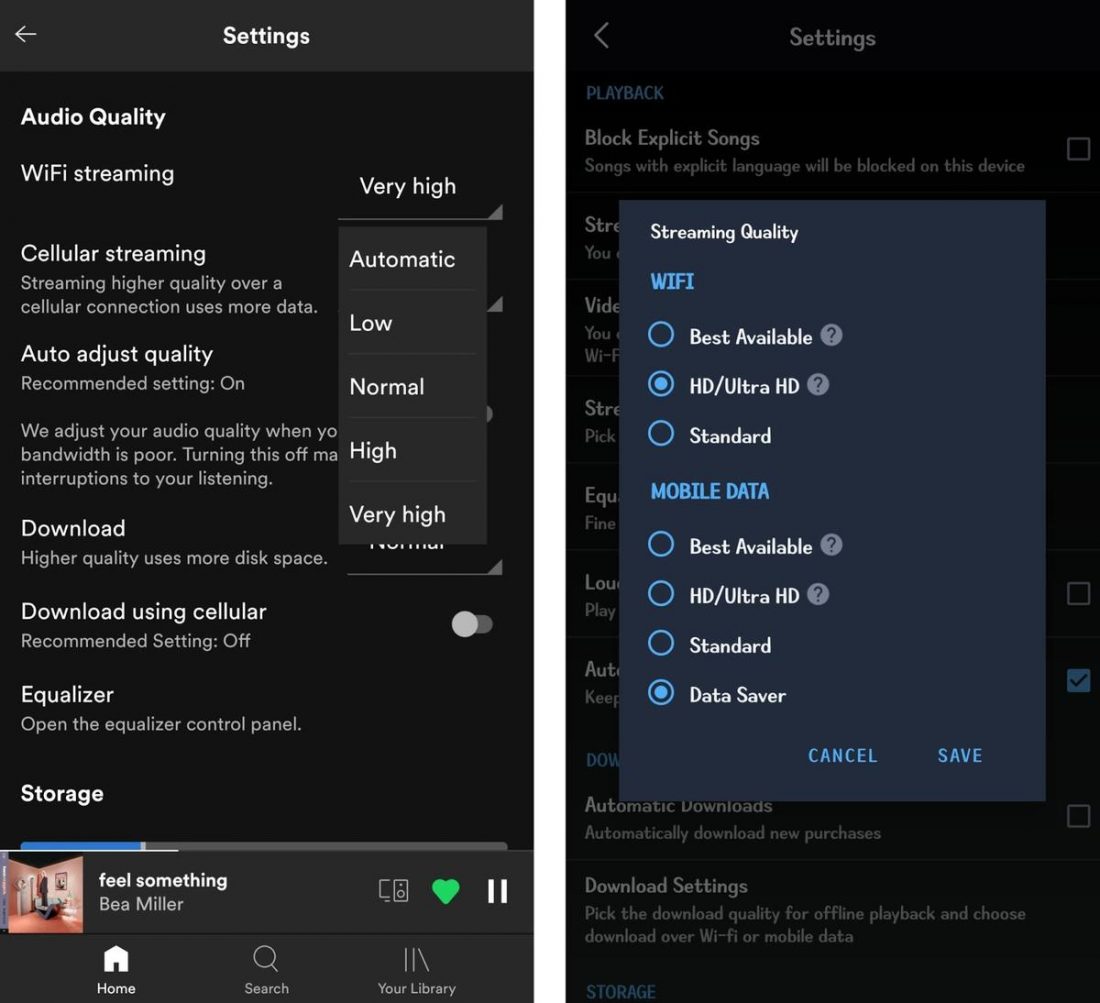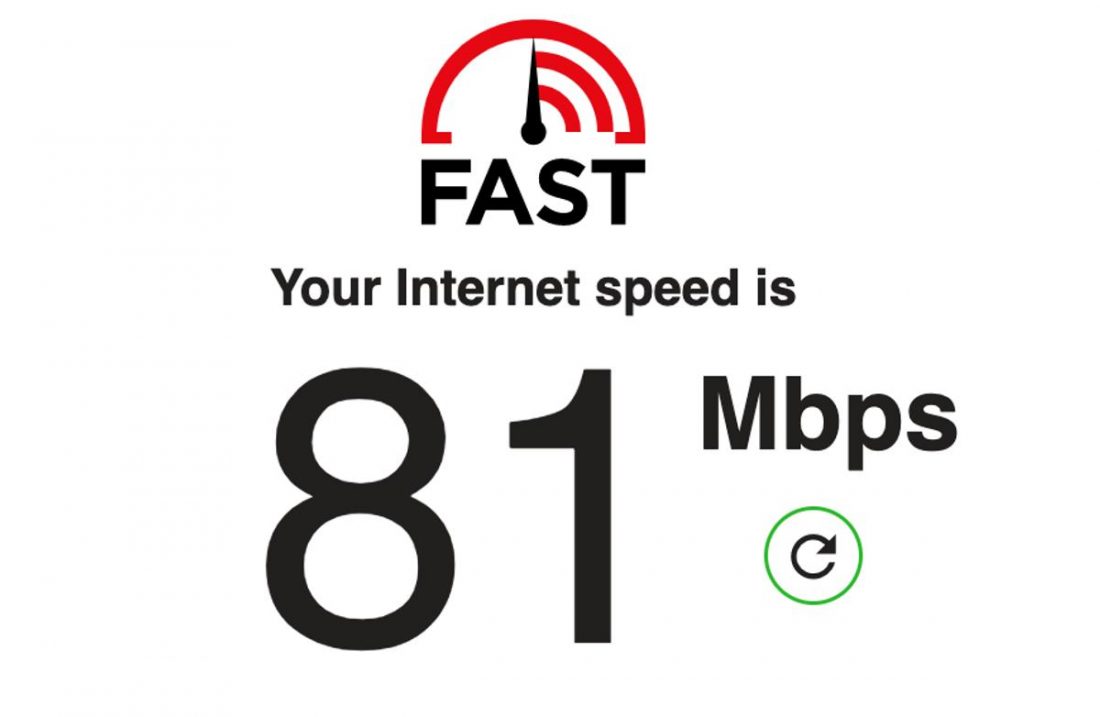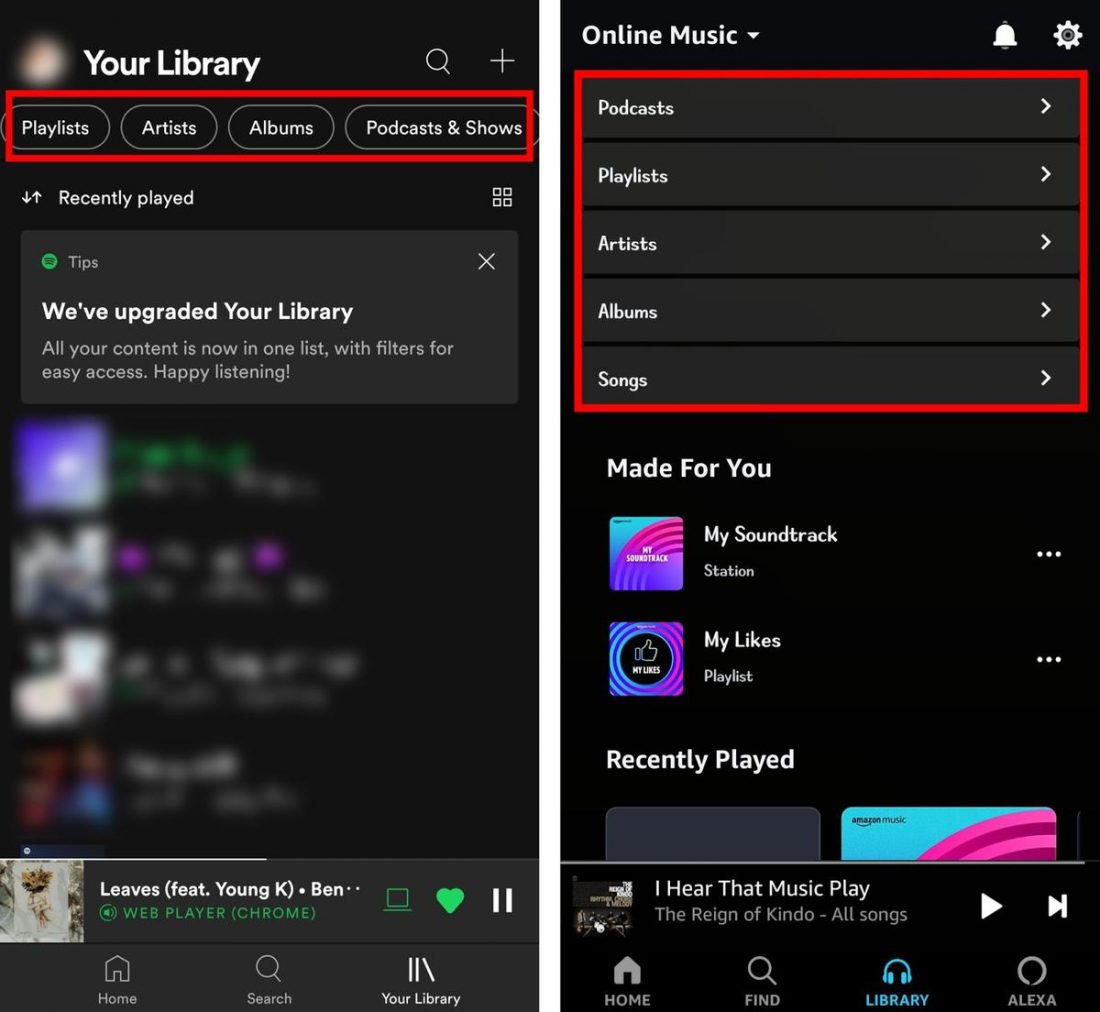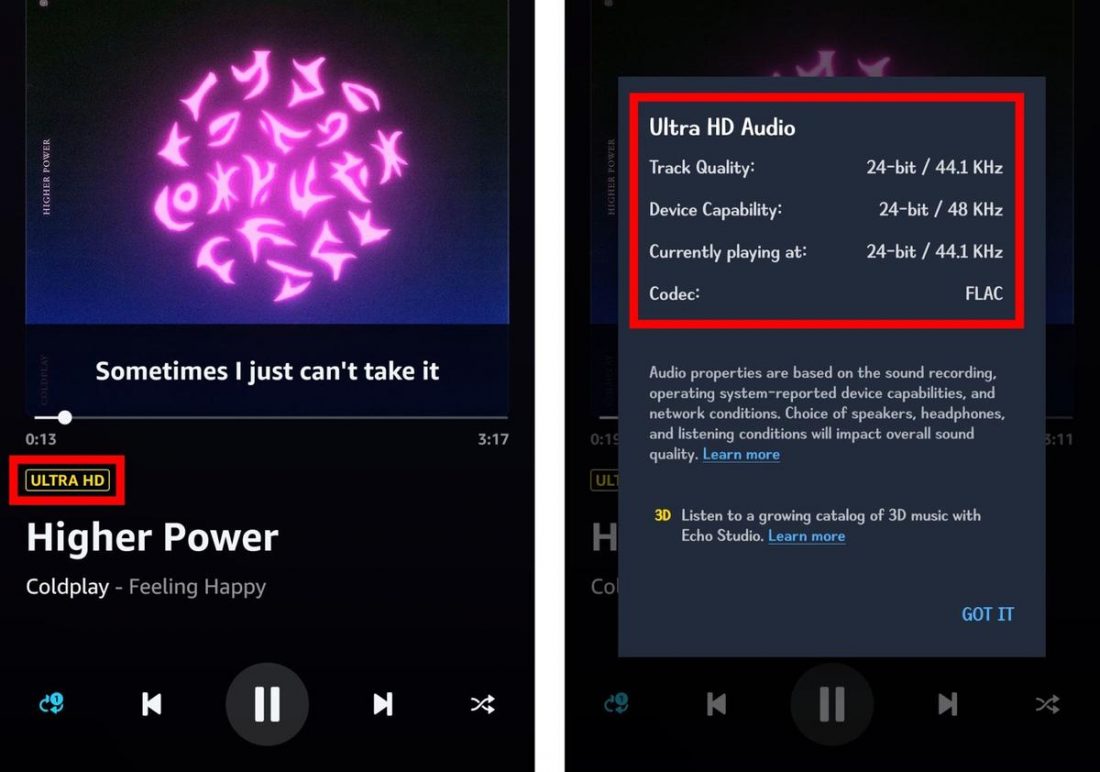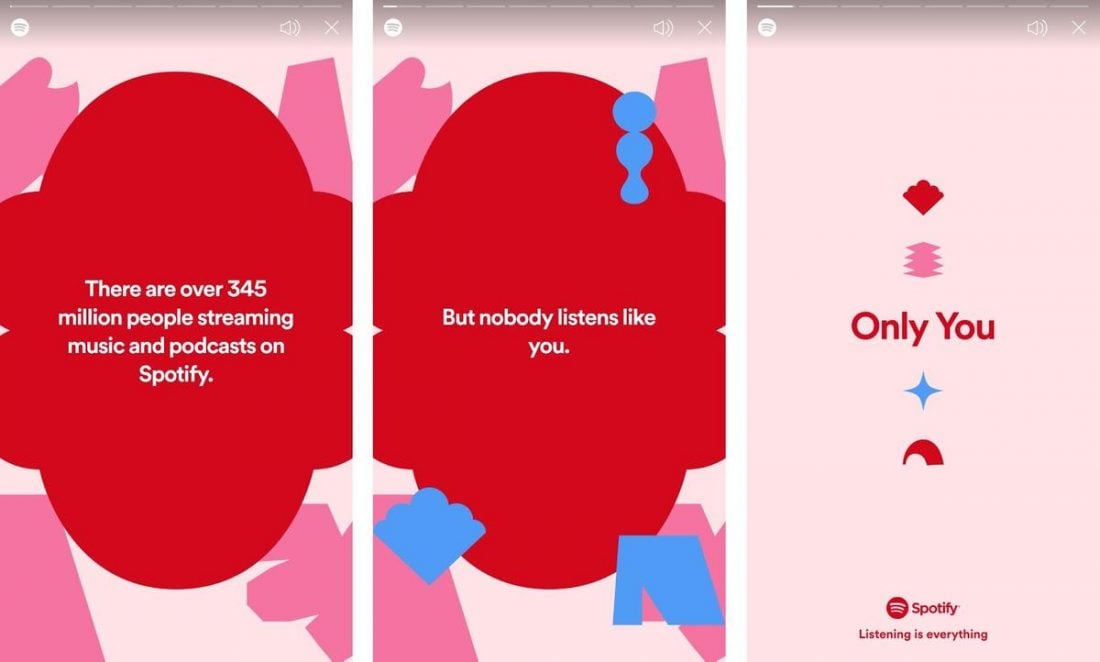It’s justifiably tricky to choose between the two apps, but we hope to lessen that burden with this comprehensive comparison. So, let’s dive in!
The Overview
Spotify
Developed by Daniel Ek and Martin Lorentzon, this Swedish music streaming app began as a small start-up in 2006. It was designed to address music piracy by providing easy access to music and proper compensation to artists. Spotify was officially launched in Europe in 2008 and made its way to the US in the next few years. By 2011, it hit its first milestone of one million users. Today, it’s one of the most popular music streaming services globally. It’s currently available in 184 countries and boasts 406 million active users a month.
Compatibility and Availability
Compatibility
Spotify is accessible on your computer via its desktop app and web player, and on your iOS and Android mobile devices. With Spotify Connect, you can use the app on a vast number of Smart devices, making it easy to stay connected to your music no matter what you’re doing. According to Spotify, there are currently about 379 devices that support the app. These include everything from Smart speakers and displays, gaming consoles, wearables, headphones, in-car audio devices, and audio streamers, to name a few.
Availability
Verdict
Spotify has wider availability, making it more easily accessible. Secondly, Spotify has flexible compatibility with more Smart devices.
Free Subscription
Verdict
Both free plans share a few similarities. Both are ad-supported, with no option to skip ads. You can skip a maximum of 6 songs at a time and keep your music playing even with your mobile display off. Both platforms also do not offer the option to download songs.
Pricing & Plans
Here’s a quick summary of all paid plans on both platforms:
Ad-free, on-demand playback Full access to all music and podcast content Option to download songs for offline listening Option to import local files from your computer
Those looking for a better deal, however, should keep these crucial differences in mind:
Additional subscription plans
Spotify offers Premium Duo, a budget plan designed for two. It allows you and a friend, partner, or relative to create two separate Spotify accounts under a single billing, provided you both live at the same address. Similarly, college students can also sign up for Prime Student, which gets you 2 million songs at a super affordable fee of $0.99 a month. If that isn’t enough, you can also opt for the Single Device Plan at $4.99, which gives you unlimited access to all 100 million songs when played through any eligible Echo or Fire TV device.
Subscription perks
Better audio quality
Spotify Premium provides five audio quality settings that you can toggle on its desktop and mobile apps. These settings range from 24 kbps (Low) to 320 kbps (Very High). Listeners also have access to a selection of Spatial Audio tracks remastered with Dolby Atmos and 360 Reality Audio.
Verdict: Which is more worth it?
For instance, Prime members who aren’t after the “full” music streaming experience and are okay with having a few popular songs to listen to can opt for free access to Prime Music. And if you’re already a Prime Music or Prime Student subscriber, you’ll still get significant savings if you decide to upgrade to the Unlimited plan later on. It’s a win-win situation.
Who Has Better Content?
Amount of music content
Spotify
With over 82 million audio tracks in its repertoire, Spotify has an exhaustive music collection that places them above (or at par with) most rival music streaming services. And with an add-on rate of around 60,000 songs a day, we’re looking at almost 90 million songs in 2022. Spotify’s 4.5 billion playlists have everything covered. Thanks to strategic deals with top record labels like Warner Music, Sony Music Entertainment, and Universal Music Group, you’ll have no problem keeping up with the latest mainstream bops to land on the charts. You can also find many top hits playlists curated by the likes of Rolling Stone, NPR Music, The Recording Academy, and Billboard, which partnered with Spotify in 2016. Spotify’s indie music collection isn’t scant either. In 2017, the streaming giant signed a licensing deal with Merlin, giving a platform to over 20,000 indie labels and artists. Spotify’s dedicated Indie section showcases about 63 playlists that are regularly updated. Hundreds more can be found in the Search section, mostly curated by Spotify users and indie publications like Atwood Magazine and Under the Radar Magazine.
Content variety
Spotify
To improve its podcast offerings, Spotify has spent as much as $900 million to buy multiple podcast production companies like The Ringer, Parcast, Anchor, Gimlet Media, and Betty Labs. It currently has over 3.6 million titles, including exclusive shows like Armchair Expert, The Michelle Obama Podcast, and The Joe Rogan Experience. In addition to this, Spotify is also delving into non-traditional podcasts with a live audio feature and video podcasts. The live audio element will bring real-time discussions and Q&A sessions to the platform, while video podcasts will allow hosts to supplement their shows with bonus video content. As of May 2021, Spotify’s video podcast feature is now also available on Xbox. Here’s a quick rundown of other content you can find on Spotify:
Concerts: Features schedules for live and virtual shows happening near you. Audiobooks: This collection contains about 9,792 audio tracks, covering genres like Fiction, Non-Fiction, Sci-Fi Fantasy, Classical Literature, YA, etc.
Word playlists: Features playlists dedicated to poetry-reading and language learning. Music + Talk: These are mixed media playlists that combine music discussions and full songs. Popular titles include Duet, Our Love Song, and 10 Songs That Made Me. Ambient playlists: Features non-music tracks for sleep and peace of mind. Global charts: Features Daily, Weekly, and Viral song charts from 52 countries.
Users can find music videos on the Home feed under “Featured Video Playlists.” You can also find them in search results and on artist profiles. Despite being limited to a few artists and only available on the mobile app, this is still a great feature that listeners will have fun exploring.
Verdict
Audio Quality
As previously mentioned, both platforms offer five audio quality settings on their desktop and mobile apps. However, their corresponding bitrates are distributed differently. Here’s a breakdown of those audio quality settings:
Verdict
Music Discovery
Music Discovery is a great tool that allows us to connect with music we might like but aren’t actively searching for. It’s also a way for us to traverse those enormous music catalogs in a way we wouldn’t be able to without an algorithm constantly pushing new artists to our feeds. Both platforms approach music discovery very differently. Spotify is big on personalization. It takes everything you like and dislike on the app, runs it through a hybrid algorithm, and churns out a ton of playlists and recommendations it thinks you’ll like. Spotify also has entire sections dedicated to this. For example, Made For You gives you personalized mixes based on what’s already in your library, with some new additions from the algorithm. The Discover section takes this a bit further by linking you up with new artists based on the ones you recently listened to. This section is also where you can find Release Radar and Discover Weekly, which give you a fresh selection of new releases and never-heard-before tunes every week. Spotify’s Mood section is perfect when you’re after a feeling or emotion rather than a particular genre. It contains about 88 atmospheric, emotion-focused playlists and is also a great place to look for new music when you’re feeling some type of way. Spotify also pushes recommendations on playlists you’ve created. Just scroll to the bottom of any playlist you’ve made, and you’ll see “Recommended Songs,” which are based on everything that’s already in the playlist. The recommendations are almost always on point with whatever theme or mood you have going on in your playlist. I personally like this feature and have found a lot of gems thanks to it. There’s also a personalized station called My Soundtrack. However, like the “For You” sections, My Soundtrack seemed just to keep giving me mainstream pop recommendations despite having a relatively diverse library. For instance, I had been listening to Reign of Kindo during a test run, and after refreshing my feed, I was instantly recommended “Spanish Bay” by Strawberry Girls and “Happy Days” by Closure in Moscow. It was a pleasant surprise and a spot-on job.
Verdict
Spotify’s thorough approach to music discovery and personalization makes it a better choice. It provides a lot of personalized playlists that feel genuinely tailored to your preferences. It also offers many ways to discover new music, whether through playlist recommendations or curated content.
Ease of Use
Both platforms share similar dark-themed layouts and manage to have a good amount of functionality without looking cluttered or confusing. Spotify’s web player and desktop app have similar designs with a stationary navigation bar to the side. The navigation bar gives you quick access to your library, which is helpful for someone like me who has an insane amount of playlists that I’m constantly adding to. The drag-and-drop function is also an incredibly convenient feature available on both the web player and desktop app. It lets you simply drop new songs into your playlists without having to click around on menus.
Verdict
Both platforms have intuitive, clean designs. Both are easy to use, aesthetically pleasing, and just make sense from a navigational aspect.
Additional Features
Verdict
Both apps have features like lyrics, song credits, and trivia covered, which is great for those who like diving deeper into songs they like. However, the other features mentioned don’t make one app particularly better than the other, nor do they directly impact how you listen to music. So, the choice between the two will ultimately depend on your personal preference. Spotify makes use of a market-centric payment system to determine how much artists get. Under this system, all streaming revenue is pooled together and then divided according to an artist’s or label’s stream volume. The amount is paid directly to labels or distributors, who then allocate it to their artists. Increased popularity in countries with lower subscription rates and higher streams per listener are also reasons for Spotify’s lower per stream average.
Verdict
Both apps use a market-centric payment system that mostly benefits bigger labels and mainstream artists. However, Spotify’s much larger userbase and wider global availability allows artists to earn more royalties. And while Prime Music streams still generate royalties, they’re much lower than those generated from Spotify’s free streams. Independent artists, in particular, stand to gain the most from this, since 70% of royalties gained from these sales go straight to them.
Which Should You Go For?
Here’s a quick recap of all the great things you can get from each app: Accessing Twitch live streams inside the app might also be a big draw for those who enjoy watching them. Personally, the main attraction for me is the treat of Ultra HD audio. But with Spotify Hi-Fi coming soon, that will probably change. On the other hand, Spotify’s free plan offers more features, and its paid plans provide more perks. It’s way better at music discovery, making it a more sensible choice for listeners who like exploring music genres and looking for new sounds or artists. The amount of personalization it gives listeners is also a huge plus. Unfortunately, the lack of a HiFi audio feature puts the app at a big disadvantage.
Conclusion
Hopefully, this detailed analysis has shed some light on the inner workings of these apps and helped you come to a decision. And if you’re still unsure, you can always take them on a free trial test run. Got any thoughts or experiences with these two apps that you’d like to share with us? If so, please leave us a comment. We’d love to hear from you!


